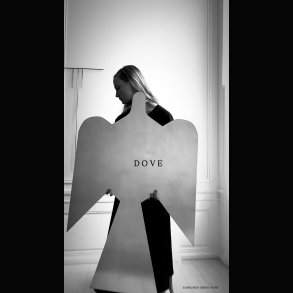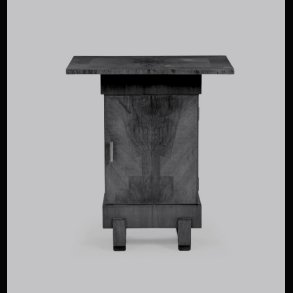THE WASSILY LOUNGE CHAIR :
In an interview with a Knoll historian, Marcel Breuer described how he came to begin experimenting with bent tubular steel while at the Bauhaus:
“At that time I was rather idealistic. 23 years old.
I made friends with a young architect, and I bought my first bicycle. I learned to ride the bicycle and talked to this young fellow and told him that the bicycle seems to be a perfect production because it hasn’t changed in the last twenty, thirty years. It is still the original bicycle form.
He said,
“Did you ever see how they make those parts? How they bend those handlebars?
You would be interested because they bend those steel tubes like macaroni.”
"This somehow remained in my mind, and I started to think about steel tubes which are bent into frames—probably that is the material you could use for an elastic and transparent chair.
Typically, I was very much engaged with the transparency of the form.
"That is how the first chair was made…I realised that the bending had to go further. It should only be bent with no points of welding on it so it could also be chromed in parts and put together. That is how the first Wassily was born.
I was myself somewhat afraid of criticism. I didn’t tell anyone I was doing these experiments actually. [Wassily] Kandinsky, who came by chance to my studio when the first chair was brought in, said, “What’s this?” He was very interested and then the Bauhaus got very interested in it. A year later, I had furnished the whole Bauhaus with this furniture.”
MARCEL BREUER :
A champion of the modern movement and protégé of Bauhaus founder Walter Gropius, Marcel Breuer is equally celebrated for his achievements in architecture and furniture.
Breuer was a student and subsequently a master carpenter at the Bauhaus in the early 1920s. His entire body of work, both architecture and furniture, embodies the driving Bauhaus objective to reconcile art and industry. While at the Bauhaus, Breuer revolutionized the modern interior with his tubular-steel furniture collection — inspired by bicycle construction and fabricated using the techniques of local plumbers. His first designs, including the Wassily, remain among the most identifiable icons of the modern furniture movement.
Breuer’s attention eventually moved towards architecture. After practicing privately, he worked as a professor at Harvard’s School of Design under Walter Gropius. Breuer was honored as the first architect to have a solo exhibition at The Metropolitan Museum of Art. In 1963, Breuer began work on perhaps his best-known architectural project — the Whitney Museum of American Art in New York City.
While Breuer never worked directly for Knoll, he is nonetheless an influential figure in the company’s history. He was an early mentor to Florence Knoll during her time in the office of Walter Gropius in the 1930s. It was also Breuer who suggested that Hans Knoll hire Eszter Haraszty, the Knoll Textiles director responsible for many of the Knoll Planning Unit’s most memorable color combinations.
Breuer eventually sold his furniture collection to the Italian design company Gavina SpA. In large part it was the Breuer Collection that motivated Knoll to acquire Gavina in 1968. Along with The Wassily Chair, the collection included the Cesca side chair and Laccio table collection — both modern classics in their own right.
TEXT / PHOTO CREDIT : KNOLL ARCHIVE . www.knoll.com








